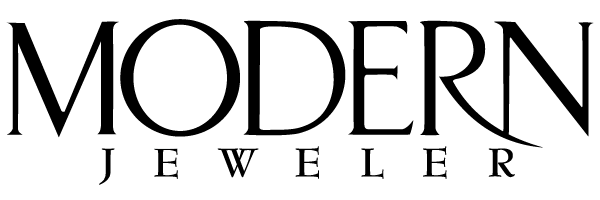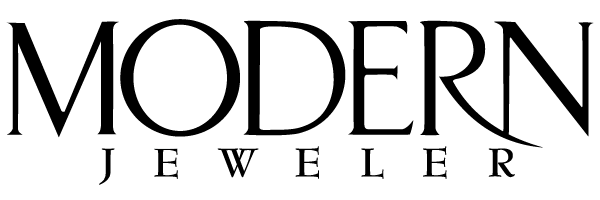A recent analysis by Citigroup highlights a divergence in U.S. luxury spending trends, with jewelry sales increasing while other categories, including leather goods and apparel, experience declines.
The findings are based on credit card transaction data from Citi’s base of over 10 million U.S. customers.
Jewelry Sees Sustained Growth
Among the luxury categories analyzed, jewelry was the only one to see increases in both average transaction value and the number of purchasing customers. In May 2025, luxury jewelry spending rose 10.1% year over year, continuing a trend that began in September 2024 with consistent monthly year-on-year increases.
A subset of high-end jewelry brands experienced a 2.7% drop in customer numbers; however, those customers who continued to buy from these brands spent 11.7% more on average compared to May 2024.
Comparison Across Categories
Overall luxury spending declined 1.7% year over year in May, an improvement compared to steeper declines of 6.8% in April and 8.5% in March. Combined spending across top luxury brands edged up by 0.2% in May.
However, the recovery is not uniform. Spending on handbags and ready-to-wear items has been weaker, which analysts attribute to significant price increases and a lack of product differentiation in recent collections.
Luxury watch sales have been less consistent. While total spending across all luxury watch brands increased 14.7% year over year in May, top-tier brands saw a 10% decline for the same period.
Factors Influencing Jewelry Spending
Citi analyst Thomas Chauvet noted that jewelry sales may be supported by its perception as both a luxury product and a form of value retention. “When you have $3,000 to spend on luxury, you know, are you going to buy a piece of jewelry or a handbag for the same price?” he said. “Perhaps the piece of jewelry gives you superior intrinsic value given the precious metals content and superior emotional value and meaning.”
He also pointed to rising gold prices—up more than 25% since the beginning of 2025—as a supporting factor. Jewelry prices have risen more moderately. “It is probably sensible to buy a Cartier bracelet now, given they have increased prices by less than 5% since the beginning of 2025, when gold prices have appreciated by over 25%,” he said.
In contrast, handbag brands have raised prices by 30% to 40% since the pandemic. “Handbags have offered limited newness,” Chauvet said, adding, “In the last five years, from brand A to brand B, most bags’ shapes and styles are very difficult to differentiate from one another.”
Broader Market Considerations
While May’s data suggests a modest improvement in spending trends, Chauvet emphasized that a broader recovery is not yet assured. “We know the U.S. consumer feels better about life when the dollar is strong,” he said. The U.S. dollar is currently down about 10% year to date.
Other factors may weigh on consumer confidence. A 90-day pause on proposed reciprocal tariffs is set to expire soon, and tensions in the Middle East have impacted oil markets. Chauvet also noted that increased Swiss watch exports were largely driven by U.S. retailers building inventory ahead of potential tariffs.
Industry Implications
The continued consumer spending on jewelry, while other luxury sectors contract, may reflect a shift in purchasing behavior. This trend suggests consumers are placing increased importance on the material and financial attributes of jewelry. For the trade, these developments highlight the importance of maintaining a focus on quality materials and long-term value, particularly as external economic conditions remain uncertain.




